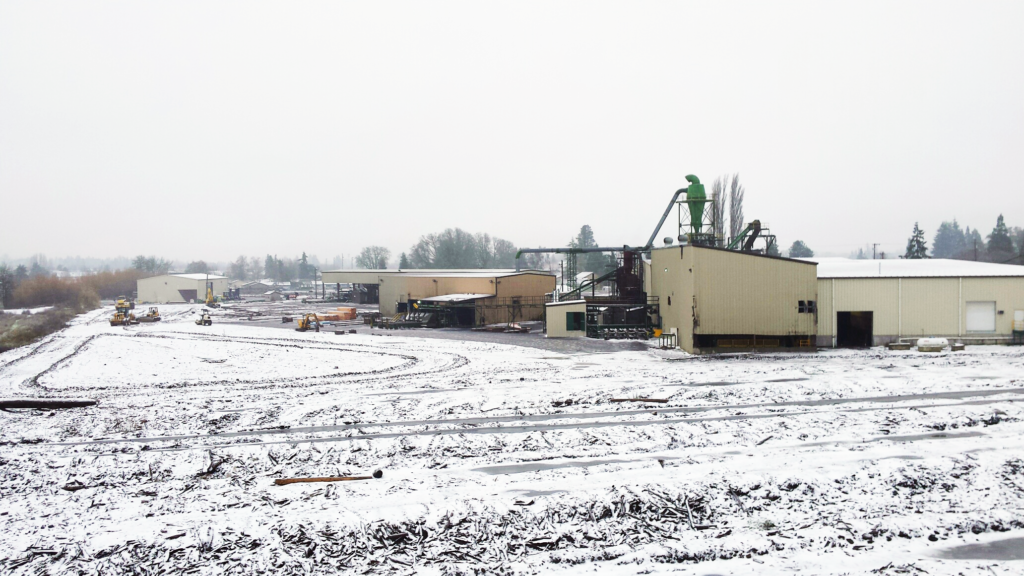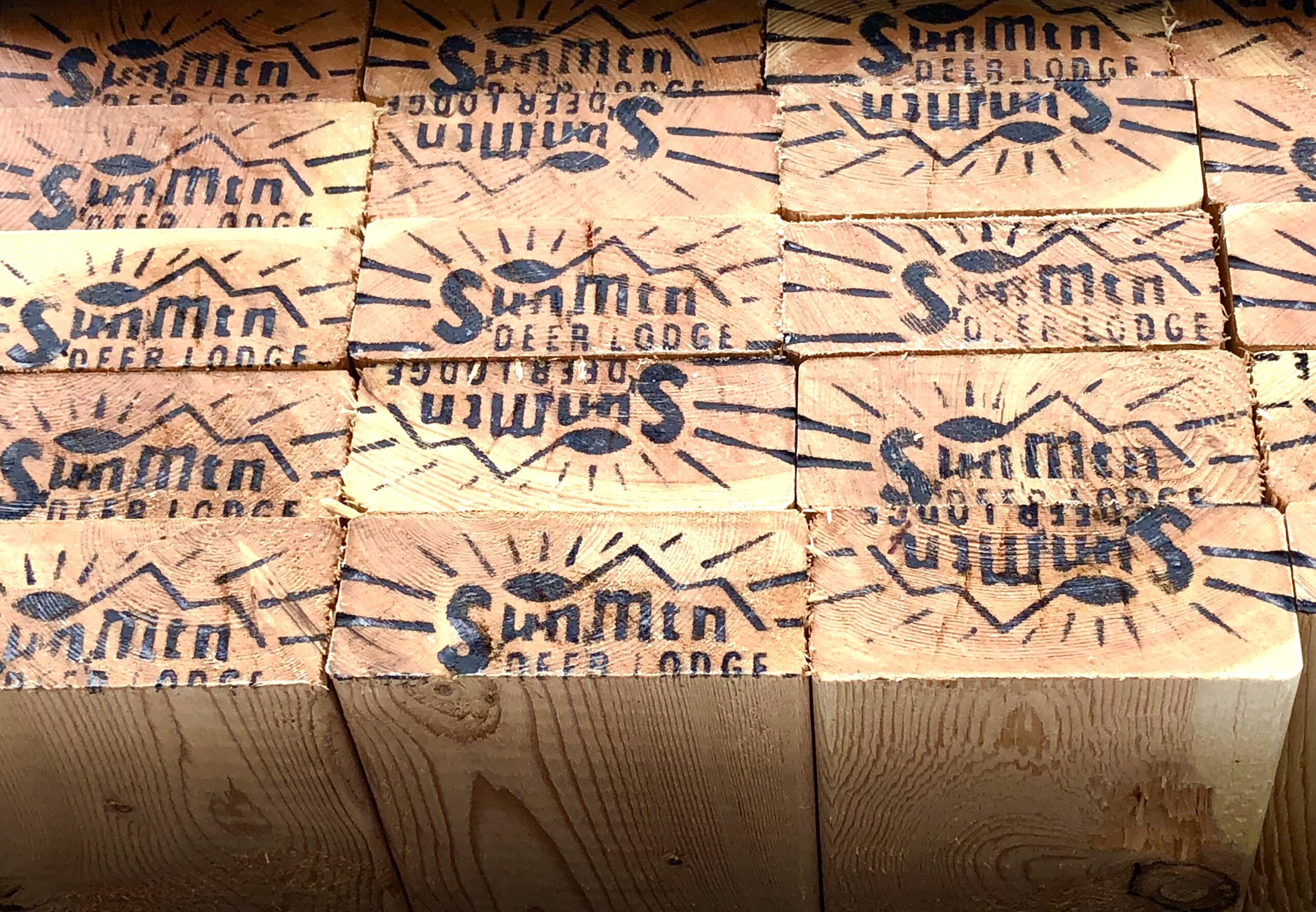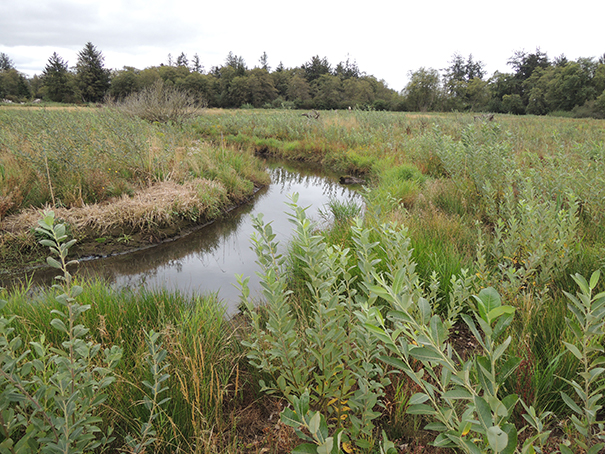Lately, when I’m in meetings with elected officials, non-profits, or economic development leaders, I can usually count on one question; is Hampton going to get into the cross-laminated timber business? Cross-laminated timber, or CLT panels are created from hundreds of compressed boards and can be used as load-bearing walls and floors in tall buildings. Tall wood buildings are just as strong and fire-resistant as those made from steel and concrete and are more environmentally friendly, as wood products have a lower carbon footprint than traditional high-rise building materials. D.R. Johnson, a lumber company in Riddle, Oregon, has started making CLT out of local Douglas fir. They are the first and only CLT manufacturer in the Pacific Northwest.
Unless CLT design and manufacturing advances alongside more balanced state and federal forest management policies, I fear this exciting concept will not meet expectations.
CLT technology, which was developed in the sawmills of Europe in the early 1990s, is being lauded as a way to accomplish two distinct goals: to advance sustainable building design and to create economic opportunities in rural timber communities.
The goal of developing more sustainable building technologies is being advanced with the help of urban planners, architects, and government officials. Oregon Governor Kate Brown and Oregon State University are supporting the nascent CLT industry through expedited permitting processes and new CLT research funding. At the national level, bipartisan legislation has been introduced in Congress to provide research, assistance, and incentives for the construction of tall wood buildings throughout the U.S.
Advancing the second goal, that of creating economic opportunities for rural communities, will take more than loans and research dollars. The ability of rural communities to benefit, and indeed the ultimate success of CLT manufacturing in the U.S. will come down to the age-old question of timber supply balance. Development of a local CLT manufacturing sector will require a low cost lumber supply, active forest management, and reform of current forest management policies for public lands—a challenging task that of late, few have been willing to take the time to fully understand, let alone tackle.
My concern is that when all is said and done, we will end up with a well-developed understanding of the benefits and capabilities of CLT, but no realistic way develop a local wood manufacturing sector at the scale needed to support it. Unless CLT design and manufacturing advances alongside more balanced state and federal forest management policies, I fear this exciting concept will not meet expectations.
While I’m supportive of and excited by the development of CLT, when asked if Hampton will embark on the expensive task of building a CLT plant alongside one of our sawmills, my answer has to be no—at least for now.



